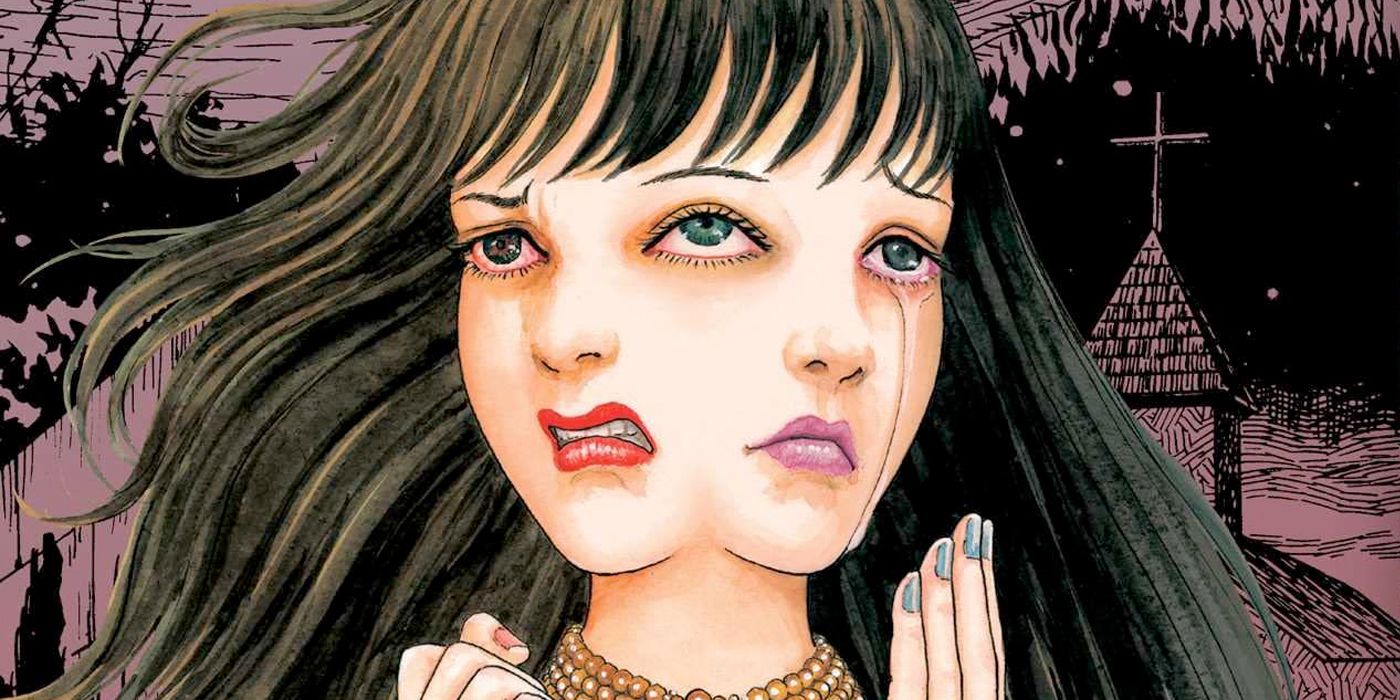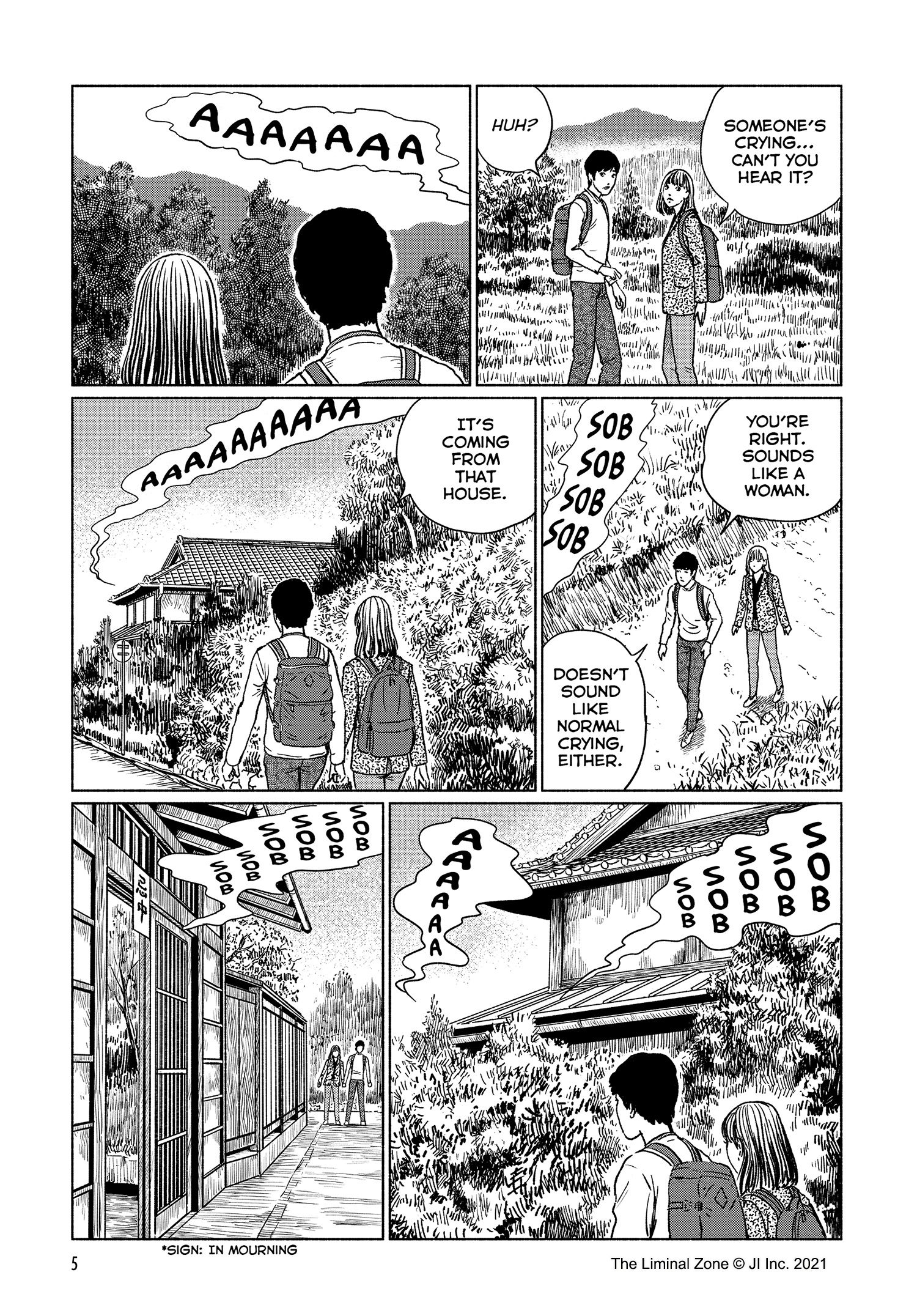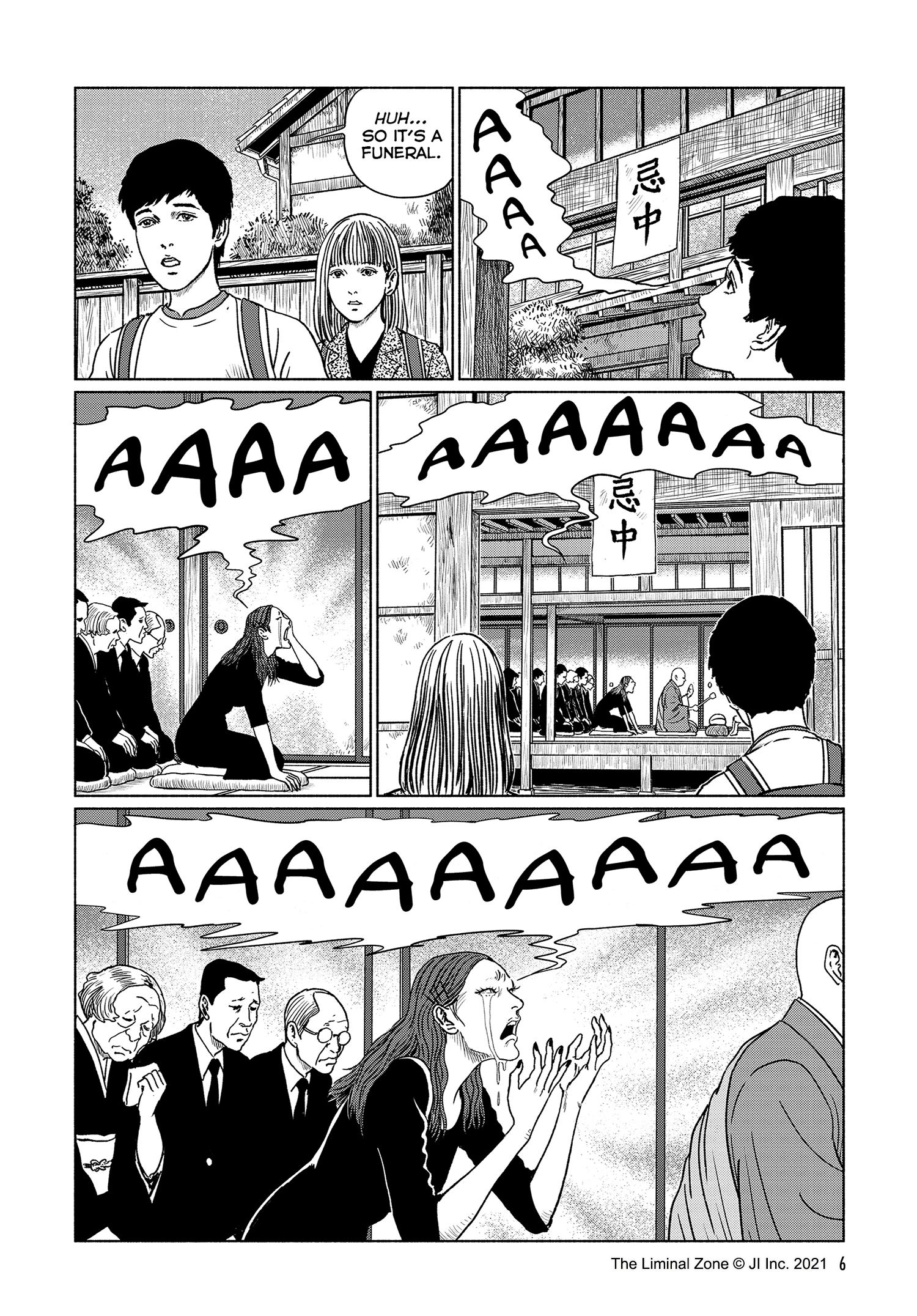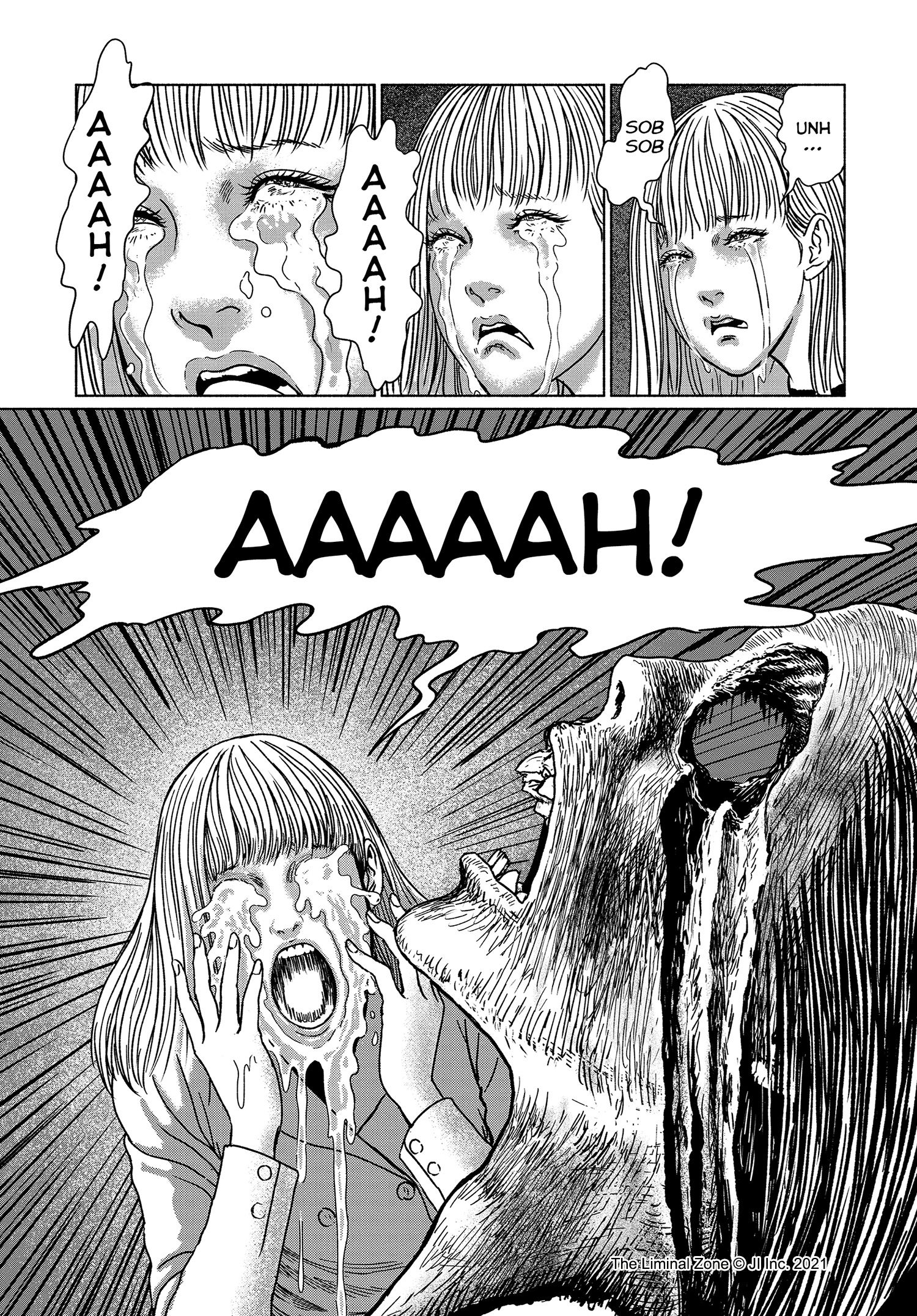The following article contains discussion of abuse and suicide.
Junji Ito is Japan's most celebrated horror mangaka right up there with Kazuo Umezu, the legendary creator of horror classics like Orochi and The Drifting Classroom. With iconic works ranging from Uzumaki to Tomie -- the latter of which spawned an entire film and television franchise in Japan -- Ito has capitalized on his success for three decades with one hit after another. In a decade where digital manga is starting to dominate the market, Ito has dipped his toe into this new platform in 2021 with The Liminal Zone.
As Ito himself mentioned in The Liminal Zone's afterword, the COVID-19 pandemic caused rapid lifestyle changes which led to an experimental time in his career. This led him to develop four new short stories for the LINE manga app in Japan -- his first time producing manga for a digital platform instead of a weekly printed magazine. The new platform afforded Ito the flexibility to tell the stories he actually wanted to tell, not restricted by page count or panel layout. In many ways he got to unleash his full creativity, which touched upon themes related to mental health and the oppression of women.
The first story featured in The Liminal Zone is "Weeping Woman Way," a mysterious village comprised of weeping women hidden away in the rural Tohoku region of Japan. When a vacationing couple touring the region encounters a weeping woman at a funeral, this has a lasting impact on Mako, Yuzuru's fiancée. Not only is Mako inflected with uncontrollable weeping, but her tears also give visibility to the internal struggles she's been bottling up and hiding from those closest to her, including Yuzuru. This raises awareness among both Mako's fiancé and father about the true state of her mental health, and how one or both men have been contributing to it.
The second story, "Madonna," also focuses on mental health and the violent oppression of women. Set in an all-girls Roman Catholic school, the tale follows a high school student named Maria Amano who transfers and quickly learns the dark secrets of her new school. Similar to "Weeping Woman Way," the story also explores the impact of internalized misogyny on women's mental health, in this case through the weaponization of the Christian religious faith. Not only are the school's female students emotionally abused and violently subjugated to obedience, but the adult women employed there are also subjected to emotional manipulation and exploitation by the school's corrupt priest and headmaster.
The Liminal Zone's third story, "The Spirit Flow of Aokigahara," continues the theme of mental health, only this time it's divided between a man and a woman who are a couple. Set in Japan's infamous Aokigahara Forest at the base of Mount Fuji, the story follows Mika and her terminally ill boyfriend Norio Taniguchi, who plan a "one-way trip" into the sea of trees to commit suicide together. As a forest with nicknames such as "Demon Forest" and "Suicide Forest" in Japan, Aokigahara lives up to its reputation when the couple encounters a supernatural phenomenon near a cave known as "Dragon's Mouth." Norio becomes surprisingly addicted to that particular area, further eroding his mental health, which becomes a matter of great concern for his girlfriend.
The fourth and final story, "Slumber" also focuses on the declining mental health of a young man named Takuya Terada, who's struggling to become a lawyer. Having failed the bar exam, Takuya starts taking comfort in his sleeping hours since it gives him a brief period of bliss and comfort away from his bleak reality. All of that ends when he starts dreaming about murdering random strangers on the street -- which turn out to be real-life murders. He then begins to question the state of his mental health as his brain blurs the boundaries between nightmares and reality, negatively impacting those around him, including his girlfriend.
Art-wise, Ito brings his A-game to the table. Through the use of clean contours, brushes and strategic panel layout, Ito successfully captures the haunting imagery found in all four of the collected stories. He also uses perspective a lot to create a sense of rapid motion and specifically uses brushes to create the illusion of ghostly figures. Another unique feature of his artwork throughout The Liminal Zone is the use of exaggerated body postures to convey the extremity of his characters' behaviors or the extent of their tragedy. This is true of both main and supporting characters.
On the whole, Ito benefited tremendously from the flexibility the digital manga platform afforded him to tell the stories he wanted -- and how he wanted. As such, The Liminal Zone is a delightful read for all Junji Ito fans who want to fully immerse themselves in the stories he imagines without the rigid editorial restrictions of manga magazines.
Author: Junji Ito
Release Date: July 26, 2022
Price: $19.99
Published by: Viz Media




